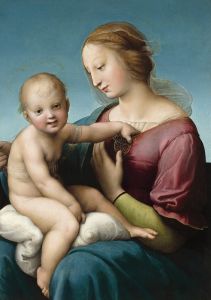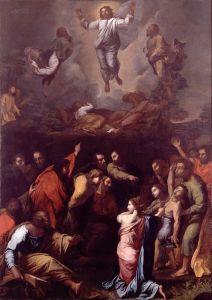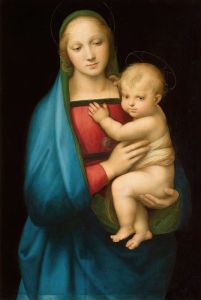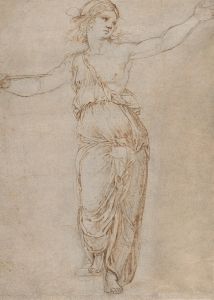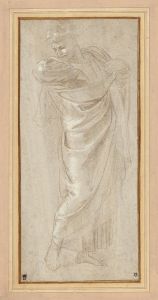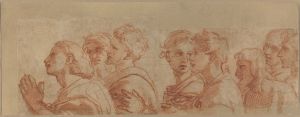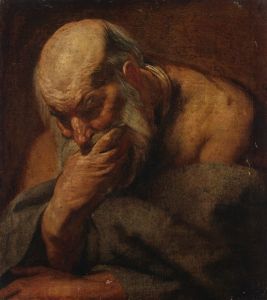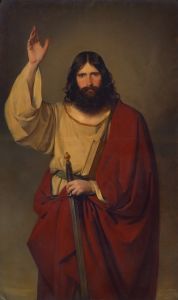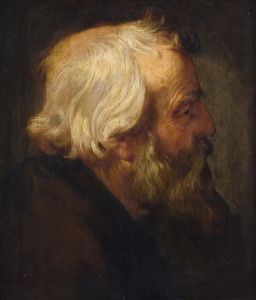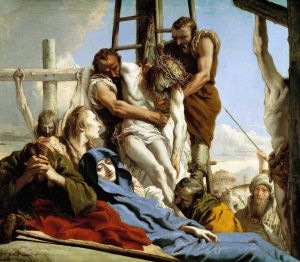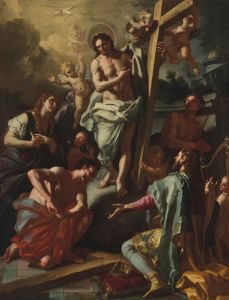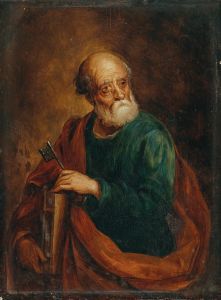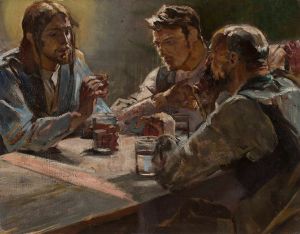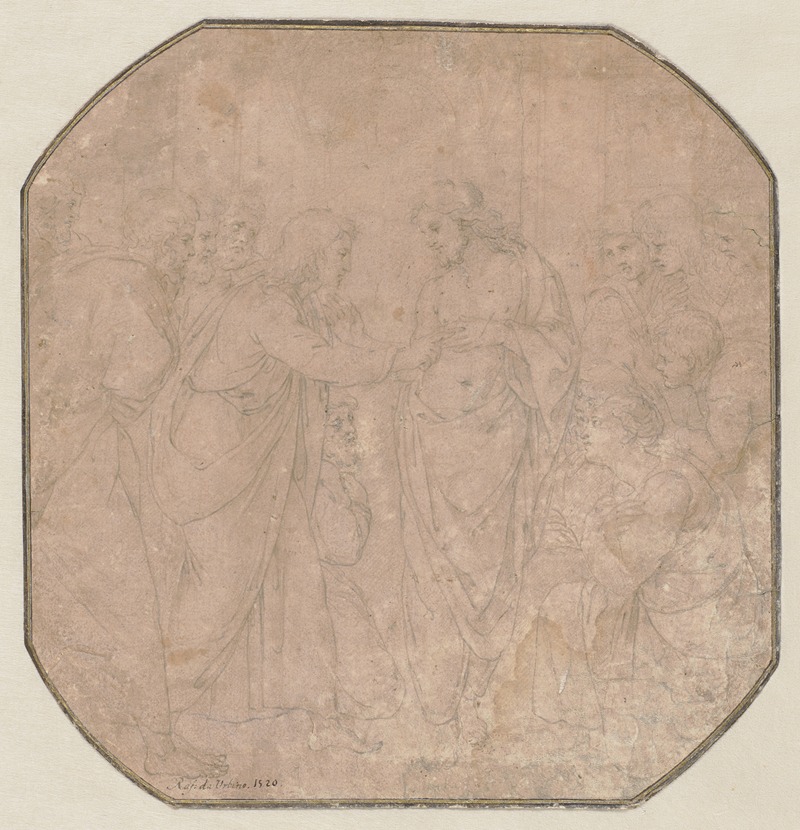
The unbelieving Thomas
A hand-painted replica of Raphael’s masterpiece The unbelieving Thomas, meticulously crafted by professional artists to capture the true essence of the original. Each piece is created with museum-quality canvas and rare mineral pigments, carefully painted by experienced artists with delicate brushstrokes and rich, layered colors to perfectly recreate the texture of the original artwork. Unlike machine-printed reproductions, this hand-painted version brings the painting to life, infused with the artist’s emotions and skill in every stroke. Whether for personal collection or home decoration, it instantly elevates the artistic atmosphere of any space.
"The Unbelieving Thomas" by Raphael is a painting that depicts the biblical scene of the Apostle Thomas's encounter with the resurrected Jesus Christ. This event is commonly referred to as "The Incredulity of Saint Thomas" and is a popular subject in Christian art. However, it is important to note that there is no widely recognized painting by Raphael specifically titled "The Unbelieving Thomas." Raphael, an Italian painter and architect of the High Renaissance, is renowned for his numerous religious and secular works, but this particular title does not correspond to a known piece by him.
Raphael, whose full name was Raffaello Sanzio da Urbino, was born on April 6, 1483, in Urbino, Italy. He was a master painter and architect, celebrated for his clarity of form, ease of composition, and visual achievement of the Neoplatonic ideal of human grandeur. Raphael is best known for his Madonnas and for his large figure compositions in the Vatican in Rome. His work is admired for its clarity and harmony, and he was a major influence on artists of the later Renaissance.
One of Raphael's most famous works related to the theme of Christ and the apostles is "The Transfiguration," which was his last painting and is considered one of his masterpieces. This painting, however, does not depict the scene of Thomas's incredulity. Raphael's body of work includes numerous portraits, altarpieces, and frescoes, but there is no specific record of a painting by him that focuses solely on the story of Thomas's doubt.
The story of "The Incredulity of Saint Thomas" is found in the Gospel of John (20:24-29), where Thomas, one of the Twelve Apostles, initially doubts the resurrection of Jesus and demands to see and touch Jesus's wounds before he will believe. When Jesus appears to him and invites him to touch his wounds, Thomas is convinced and proclaims Jesus as "My Lord and my God."
While Raphael may not have created a painting specifically titled "The Unbelieving Thomas," the theme has been explored by numerous other artists throughout history, including Caravaggio and Rembrandt. These artists have depicted the moment of Thomas's doubt and subsequent belief with varying interpretations and styles.
In summary, while Raphael is a pivotal figure in Renaissance art with a vast and influential oeuvre, there is no documented painting by him titled "The Unbelieving Thomas." His contributions to religious art are significant, but this particular scene is not among his known works.





